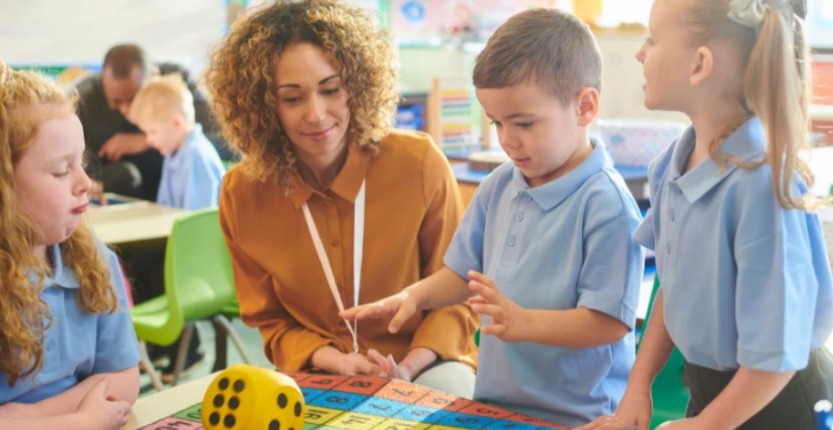
For this project, I decided to base it off of game-based learning after a lecture to reinforce the information learned. I first started by creating a Powerpoint presentation to show the class and screen-casted it to show what the presentation would look like. Then I made a Kahoot game to give the learner a break from listening and writing, and to test their understanding of the subject: Manners in Korea. I used the slides in the Powerpoint to make one question and included true or false instead of only multiple answer as well. Then I screen-casted the video to show how the game would be played.
By the end of the Powerpoint, learners should be able to implement what they have learned in Korean culture. It’s important that they can actually use what they have learned if they were to travel to Korea to ensure that their manners don’t come across as rude and to make sure that intentions are received properly. By the end of the lesson students should be able to:
- Understand social etiquette
- Understand simple dining etiquette
- Understand unique rules to the Korean culture
- Be able to implement what they learned to better assimilate to Korean culture
In this project, the Cognitive Load Theory was put into place by only putting one idea per slide, and making sure there were no more than six objects per slide, too. The more words and information on the slide, the more overwhelmed and distracted the learner is. That is why the slide is quite empty besides the main point and a photo for visual aid. By this slideshow, students should have gained knowledge on Korean basic manners, and be able to take the game/quiz without difficulty.
For the game, I recalled the ‘Best Practices From the University of Toronto’ from our game-based learning post, and made sure to follow what it said. For example, “Play games, but don’t let the mode overwhelm the content – It is important to balance the content of the game with the requirements of the game.” The Kahoot game is quite simple, and how to play requires very little instruction. This way, students aren’t overwhelmed by trying to learn how to play the game, but instead can play the game with ease to further their understanding. The post also talked about, “Frame the game so that students understand how the game supports learning goals.” Every question was taken from the Powerpoint and included much of the same language, too. There were no questions meant to confuse the learner, or worded slightly differently so that the learner might be unsure if it had the same meaning as what they learned, too.
My teachers used Kahoot a few times and I remember that it was always fun because we got to know the music and could recognize it right away. Teachers can know that students will most likely enjoy Kahoot because it also gives them a chance to use their electronic device, like a laptop or a phone. Since we are a technology-based society more and more, and students are now very tech-based, Kahoot is also a great way to break the barrier between generations and speak the language of students by letting them use their technology.
I think that overall, a Kahoot game after a Powerpoint is a great way to quiz the student’s understanding and give quick feedback to the teacher about how well their lecture went. I also think that a Kahoot could be a great icebreaker, and a way to start a lesson by quizzing students so that they can see how much they know already. Another way a class could use the Kahoot is by taking the quiz first to find out what they don’t know and then attend the lecture, and then take the quiz after the lecture to see how much they have learned. This isn’t how I intended the game to be played, but definitely could be an easy add-in to make the class more engaging.
My main goal in this project was to help students better retain the knowledge learned, rather than keep them more engaged. I think that the game is quite engaging, but the Powerpoint, even though it follows the advice on how to create a good Powerpoint, is still a bit boring. There were definitely other ways to engage a learner better than using just a Powerpoint lecture, but since my main goal wasn’t to simply engage, but rather to help students retain the information, I didn’t focus as much on the Powerpoint as much as I did the game. Overall, I think that playing a game in a lesson is a great way to help with better retention of a lesson and an easy add-on to a lecture.








